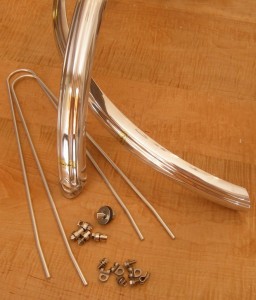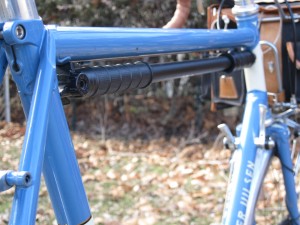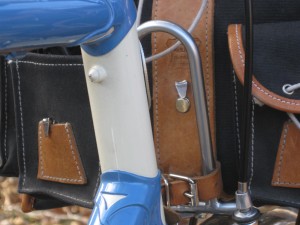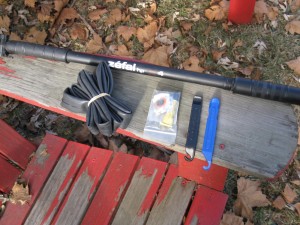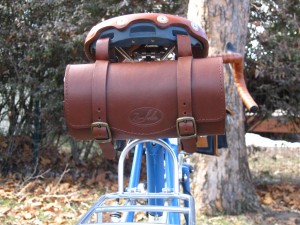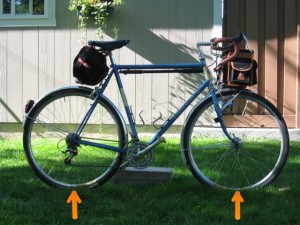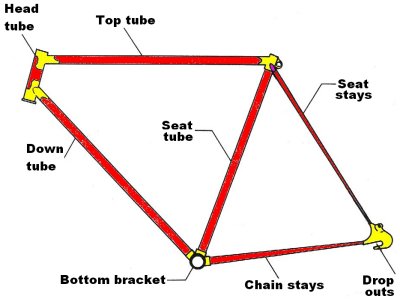| The Bike Hermit didn’t write this but he thinks it’s funny. Actually, this was posted on the Touring pages of bikeforums dot net
Easy to get lost for hours on those pages. Don’t forget to come back! A Beginners Guide to Cycle Touring: How to prepare |
| Step 1: Get a spagetti-strainer and several small sponges. Soak the sponges in salt-water and paste them to the inside of the spagetti-strainer. Place the strainer on your head. Find a busy road. Stand by the side of the road and do deep knee-bends for 8 hours. This will acclimatize you to a day’s ride. Step 2: Take some 200-grit sandpaper and rub your rear-end and the insides of your legs for about 20 minutes. Rinse with salt-water. Repeat. Then, sit on a softball for 8 hours. Do this daily for at least 8 days. Step 3: Each day, take two twenty-dollar bills and tear them into small pieces. Place the pieces on a dinner-plate, douse them with lighter fluid and burn them. Inhale the smoke (simulating car-fumes). Rub the ashes on your face. Then go to the local motel and ask them for a room. Step 4: Take a 1-quart plastic bottle. Fill it from the utility sink of a local Step 5: Get some of those Dutch wooden-shoes. Coat the bottoms with 90-W Step 6: Think of a song from the 1980’s that you really hated. Buy the CD and play 20 seconds of that song over and over and over for about 6 hours. Do more deep knee-bends Step 11: Headwinds training: Buy a huge map of the entire country. Spread it in front of you. Have a friend hold a hair-dryer in your face. Stick your feet in |
Useful tips for anyone planning a bicycle tour, trip, journey, expedition, whatever
you label it. Hope you have enjoyed this page.

